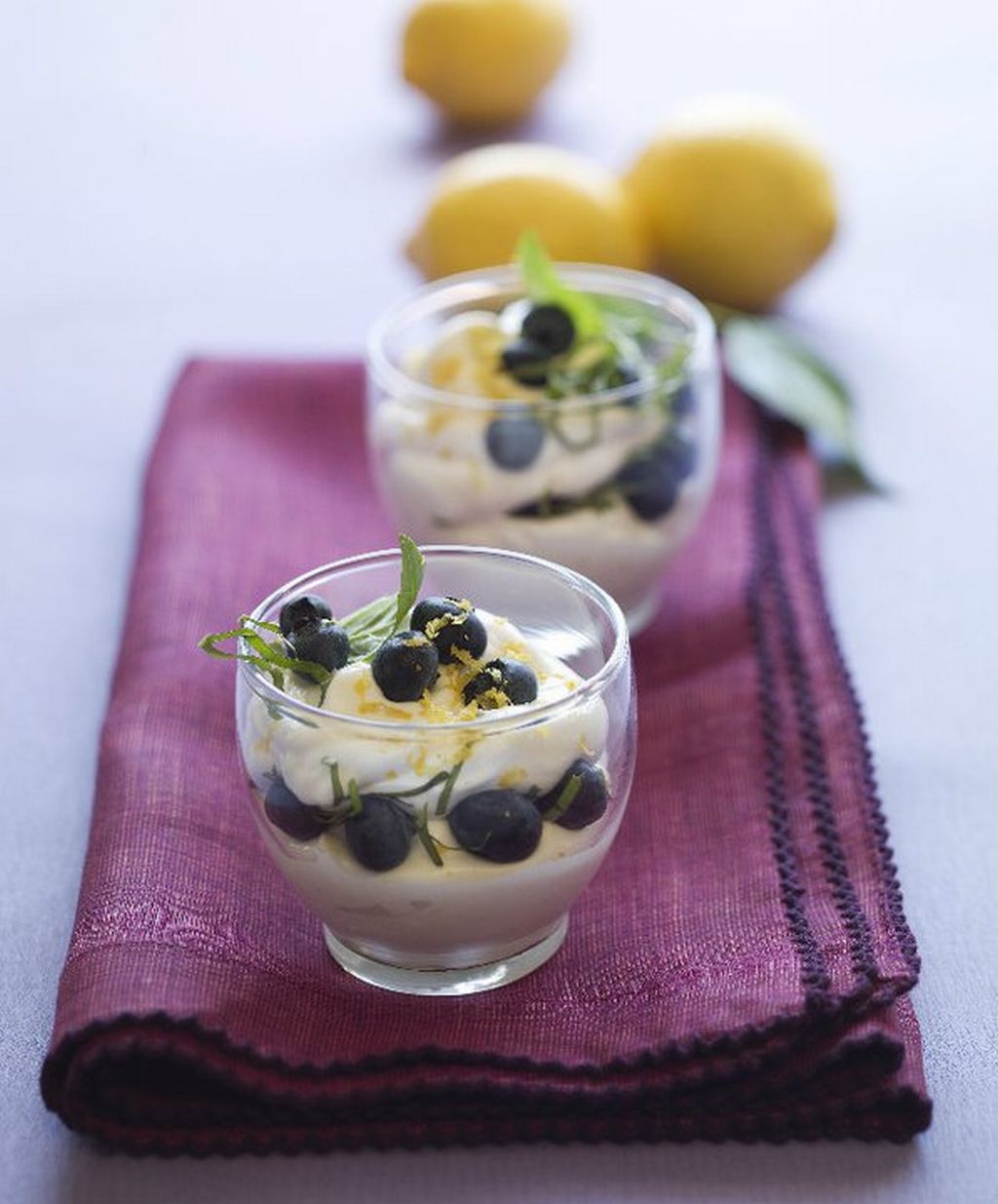

Almost every week I get an email from a stranger asking me about sugar substitutes in baking. These people write from all over the world. Their needs vary: a pie recipe for a husband's 65th birthday, a batch of holiday cookies, a child's birthday cake. The one thing that all these people have in common is diabetes. Pardon the pun, but they want to have their cake and eat it too. And why shouldn't they?
But how does one manage to enjoy pie, cookies or birthday cake when he/she is not supposed to eat sugar? I have frequently debated this topic. Some people are of the belief that it's best to just enjoy sugary treats from time to time, come what may. Others choose to use sugar substitutes. Like Lance Armstrong doping, baking with sugar substitutes is a contentious topic. How do they work? What kind of results will you get? Does cheating really pay off when it comes to baking?
Here I help take the guess work out of sugar-free baking and how to get the best results.
WHAT IS SUGAR'S ROLE IN BAKING?
First, it's important to understand that sugar plays many major roles in baking. It does not simply make desserts taste sweet. Sugar is hygroscopic, and therefore adds moisture to brownies and cakes. Sugar caramelizes, giving crisps and pies their lovely brown hue and toasty flavor. Lastly, sugar helps add structure, giving cakes their delicate crumb and cookies their crisp texture. Once you understand all the major roles sugar plays in baking, it's easier to understand why baking with sugar substitutes isn't always such a sweet experience.
HOW TO SWAP SUGAR SUBSTITUTES FOR SUGAR WHEN BAKING.
If you decide to bake with Stevia (which I prefer to Aspartame and other sweeteners that are not natural), you should only us half the amount of Stevia as you would sugar. Stevia is much sweeter than sugar, and therefore requires that you use much less. There are over 200 varieties of Stevia plants. This also means that quality, flavor and levels of sweetness can vary greatly. My personal favorite Stevia brand is Truvia. In the past few years I have become a spokesperson for them. So, in the name of objectivity, I always encourage bakers to taste and bake with several different brands in order to find the Stevia product that best suits their tastes and needs. Once you have chosen your brand of Stevia, you are ready to start baking! Of course it would all be too easy if you could now just do a simple one to one swap in all our favorite baking recipes. Now it's time to select the ideal recipes for sugar free baking.
SIMPLE RECIPES FOR MAKING DESSERTS WITHOUT SUGAR.
The easiest way to start playing with Stevia is to begin by making a simple panna cotta or apple pie. In custards like panna cotta, you are able to avoid running into trouble with the above baking laws of sugar. A nice fruit pie is always a great way to go. You can easily leave the sugar out of crust, brush a little egg wash on the pie, and get a nice golden hue. The natural sugars found in the fruit will help to keep the flavors and texture of the inside of the pie the same as it would be if you used sugar. Now if you are determined to bake a sugar-free cake, batch of cookies or brownies, then I do suggest that you follow a recipe intended for sugar-free baking. Oh, and did I mention that I have about 30+ sugar-free recipes in my cookbook Sweet & Skinny? Ok, shameless self-promotion aside, below is one of my sugar-free Sweet & Skinny recipes. It will help you get the desired "yellow jersey" results when making sugar-free desserts.
Sugar Free Lemon Yogurt Mousse with Blueberries and Basil
Serves 4
Per serving: 170 calories, 8 grams fat
1/2 cup whipping cream
1/2 cup plain Greek nonfat yogurt
1/2 teaspoon finely grated lemon zest
¼ teaspoon vanilla extract
Pinch of salt
3 tablespoons Truvia or other preferred brand of Stevia (quantity can be adjusted according to your personal taste and desired sweetness)
1 cup blueberries
4 fresh basil leaves, rolled up and cut cross-wise into thin ribbons
In a medium bowl, using an electric mixer on high speed, beat the whipped cream while slowly adding in the Stevia. Beat the cream until stiff peaks form. Swiftly whisk in the yogurt, lemon zest, vanilla and salt.
Divide half of the mousse evenly between four six-ounce dessert glasses. Top with half the berries and half the basil. Spoon the remaining mousse over each and top with the remaining blueberries and basil. Serve immediately.
Make Ahead! The mousse can be refrigerated, tightly covered, up to one day in advance. Prepare the blueberries and basil just before serving.